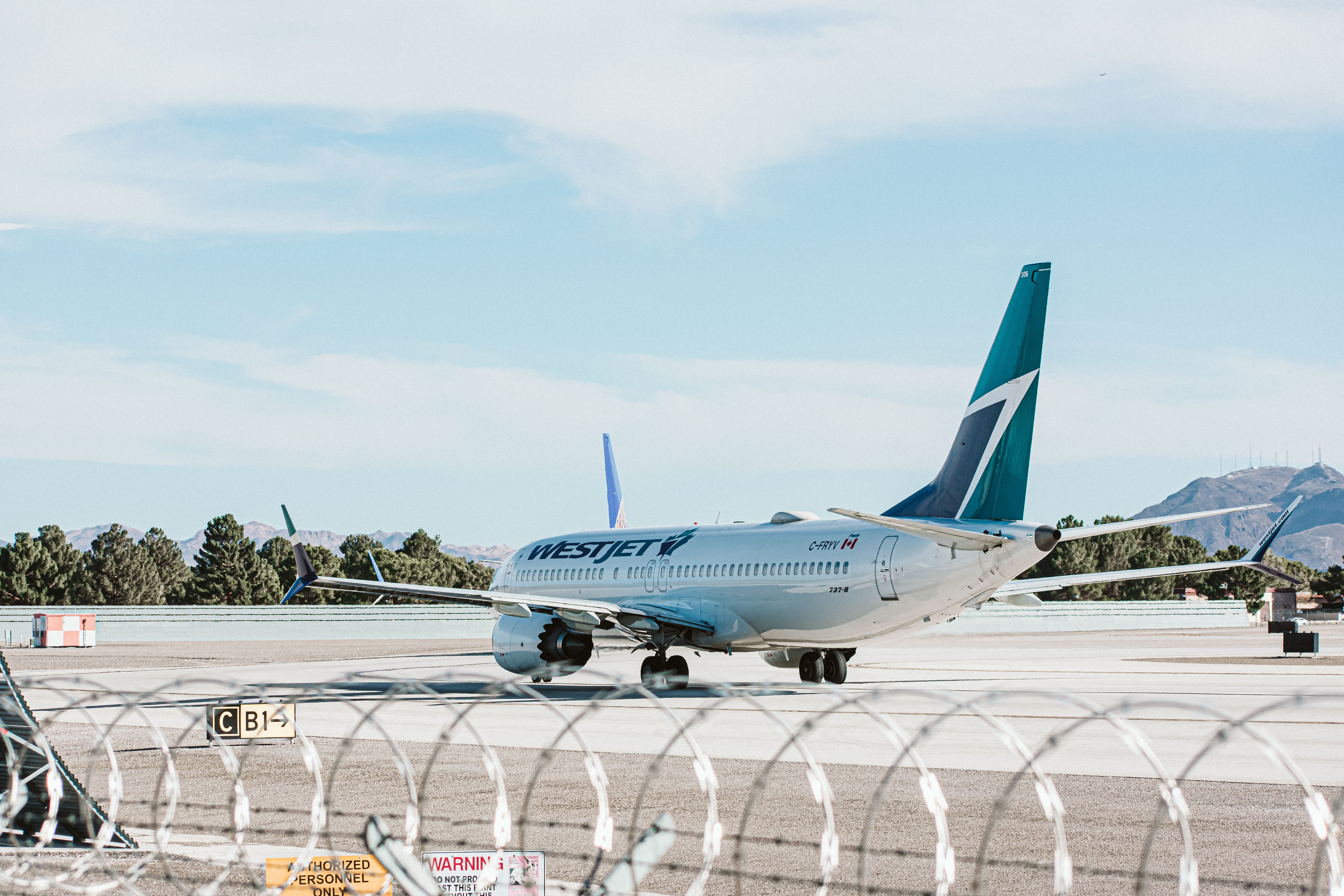This week, Canada's WestJet joined the growing list of sustainable aviation fuel debutants with its first SAF flight from Los Angeles to Calgary on June 6.
The WestJet 737 MAX 8 runs just fine on SAF
WestJet flight WS 1511 left Los Angeles International Airport (LAX) at 13:16, carrying 142 guests and arrived at Calgary International Airport (YYC) a few minutes early at 16:48. According to Flightradar24.com data, the SAF flight, operated by Boeing B737 MAX 8 registration C-GDDR, took 2:32 hours to cover the 1,940 kilometers (1250 mile) journey.
The flight coincided with the 9th Summit of the Americas, a gathering of heads of state from across the Americas, hosted by US President Joe Biden in Los Angeles. It was part of a joint initiative between Boeing and the International Air Transport Association (IATA) to promote the production and use of SAF during the summit. Seven airlines joined the initiative to demonstrate the continent's commitment to reaching net-zero carbon emissions by 2050.
This year's Summit of the Americas theme is 'Building a Sustainable Future,' and the SAF initiative is part of advocating for a future where SAF becomes the standard fuel for flying. WestJet chief operating officer Diederik Pen said the airline is proud to join Boeing, IATA and our industry peers to collectively demonstrate their commitment to achieving net-zero carbon emissions by 2050. He added:
"Sustainable aviation fuels hold enormous potential to decarbonize flying and WestJet is committed to furthering our investments to reduce our environmental footprint for years to come."
Aeromexico flies its 787 home with a tank full of SAF
Aeromexico is part of the summit initiative, purchasing 6,500 liters of SAF to operate the AM647 flight from Los Angeles to Mexico City on June 6. This was the first time Aeromexico used SAF on its Boeing 787 Dreamliner, an aircraft that reduces CO2 emissions by up to 25% and noise outside the cabin by up to 60%.
The LAX to Mexico City International Airport (MEX) using SAF saved around 3.7 tons of CO2, the equivalent of taking 500 cars off the road for a day. The airline is part of the World Economic Forum's Clean Skies for Tomorrow initiative to make 10% of aviation fuel SAF by 2030. Aeromexico first used SAF in 2010 and was the first airline in Latin America to carry out long-haul flights with the fuel. Overall the SAF initiative during the summit reduced more than 214 tons of CO2, which equates to taking nearly 29,000 cars off the road for one day.
This flurry of activity and first flights with SAF highlights that the issue is not about efficacy but supply and demand. SAF is a drop-in fuel that doesn't require changes to aircraft or any special infrastructure at airports, but it is significantly more expensive than Jet fuel. Various estimates report that around 20 million gallons (75 million liters) of SAF was produced and used globally in 2021. The US Department of Energy forecasts that global demand for jet fuel will rise to 230 billion gallons in 2050, up from 106 billion gallons in 2019.
Isn't it time to see SAF as an enormous economic opportunity for energy suppliers rather than something to pay lip service to and talk about to appease the environmental lobby?
Discover more aviation news here.


